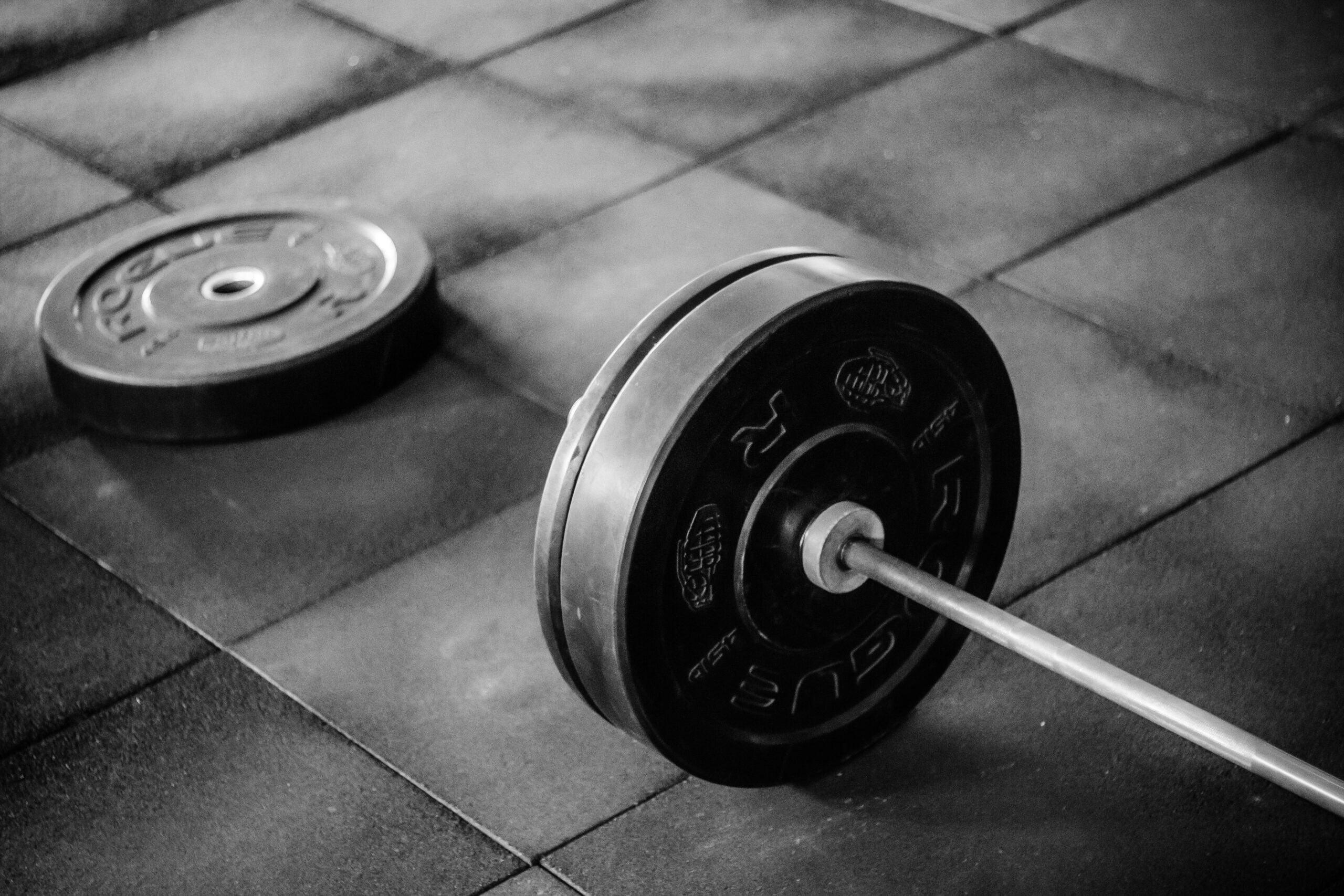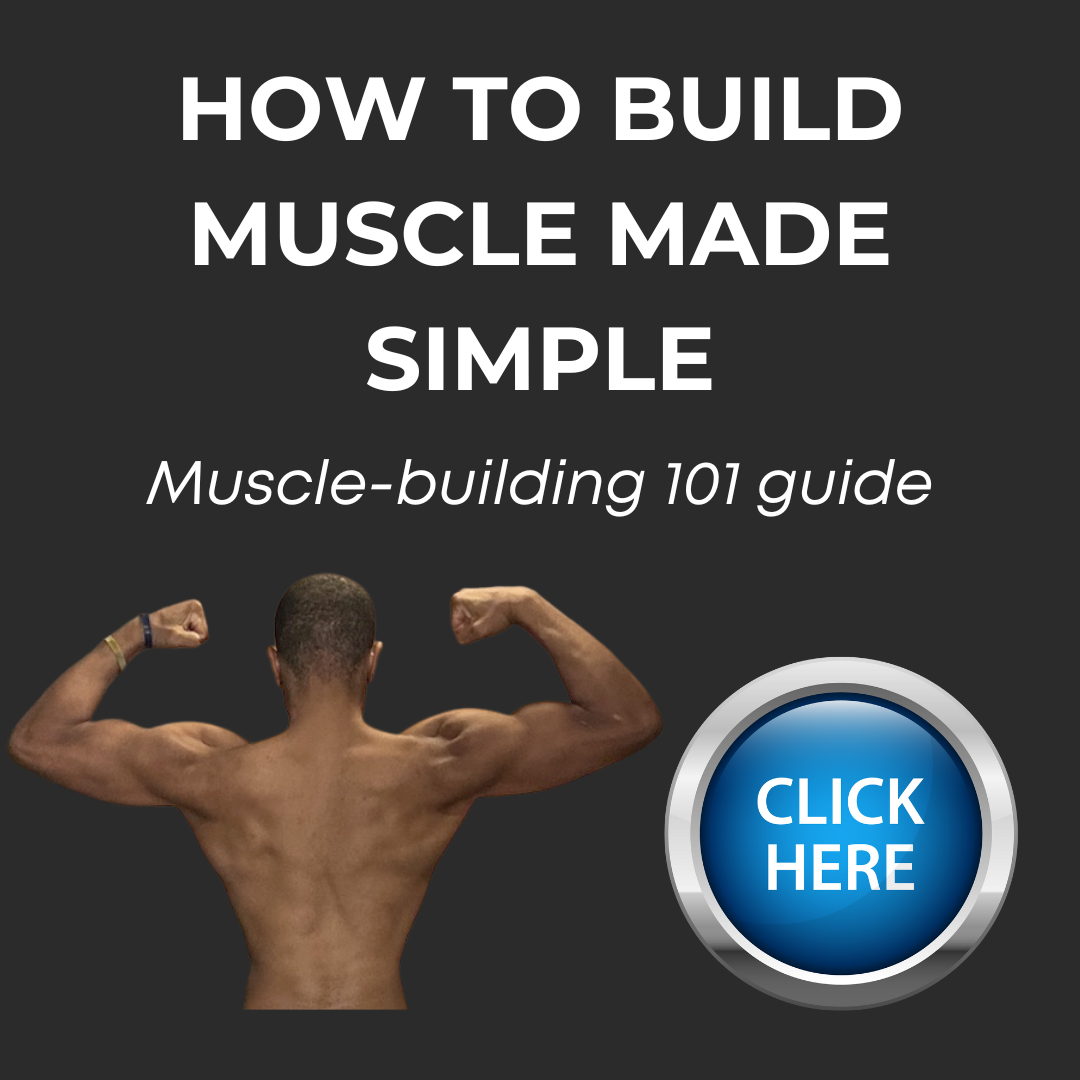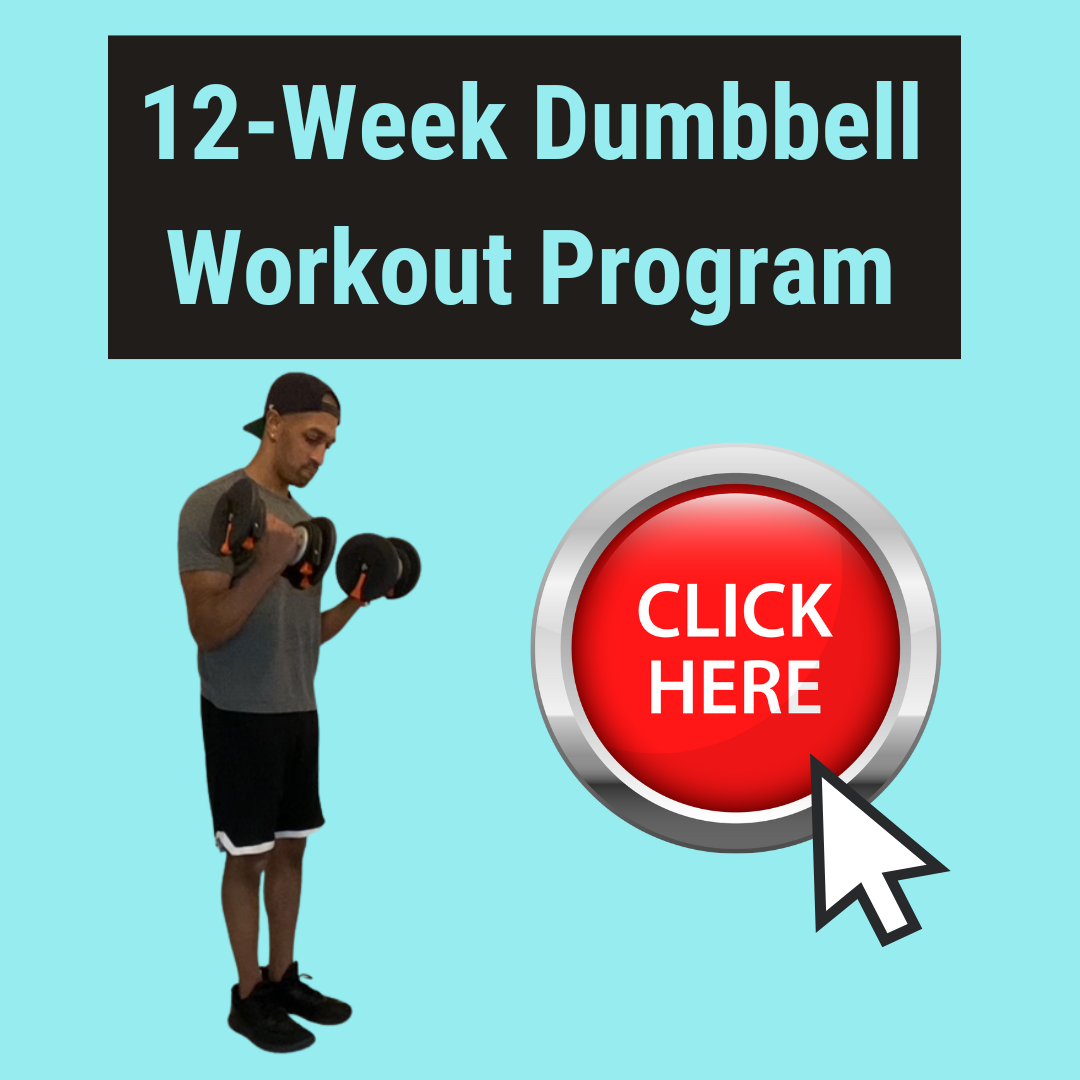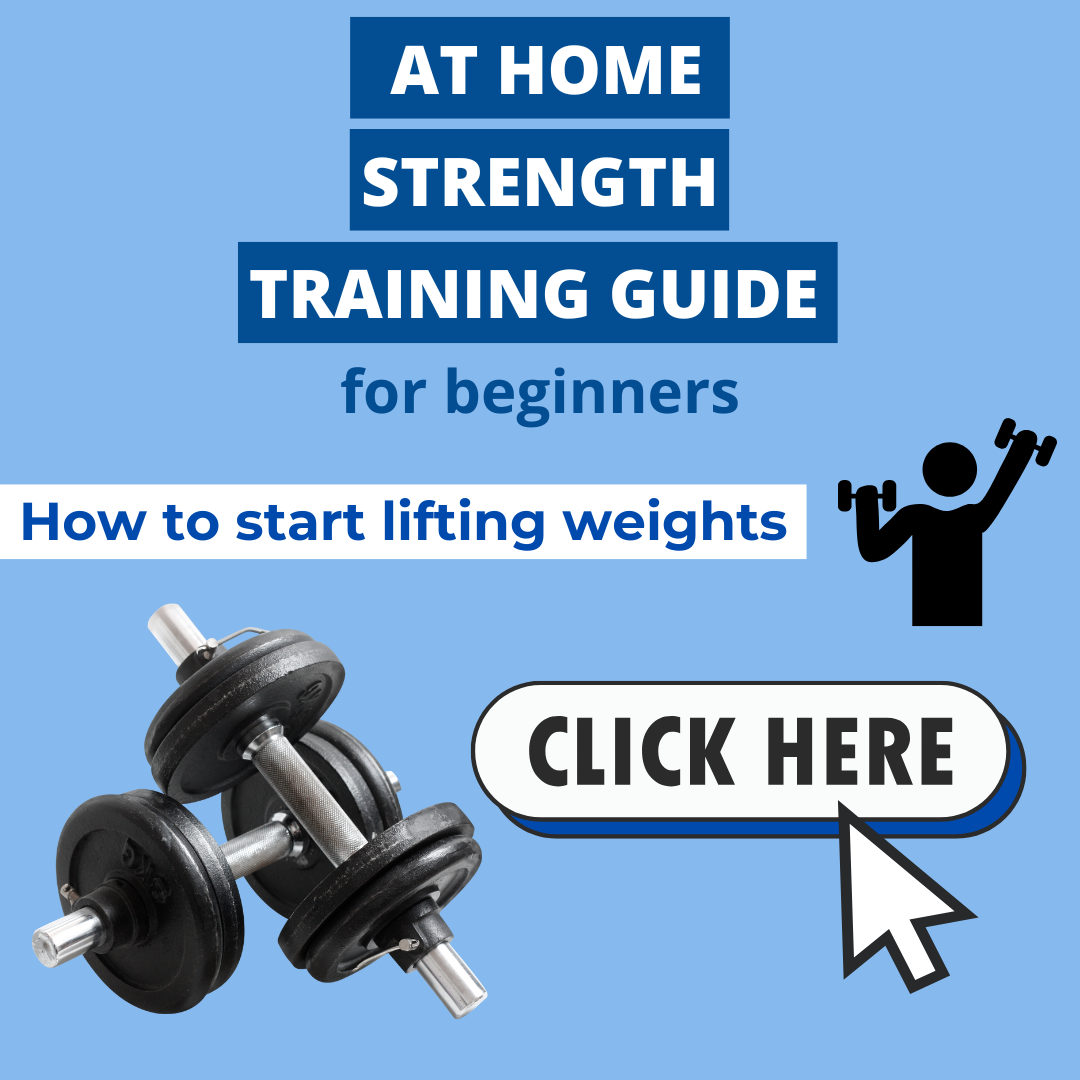5 Progressive Overload Strategies for Superior Muscle

Does fitness feel overwhelming to you sometimes?
I’m not talking about the actual workouts themselves.
If you’re lifting heavy like you should be, it’s a given those will be tough.
I’m talking about having to sort through all the information (that oftentimes contradicts itself) and choosing the right advice to follow.
Someone says you should train this way, another so-called “expert” says to do this.
And then you come across yet another article online that swears by this new technique.
It can be easy to forget about the basics, which is what’s really important for getting you results.
Beneath the complex web of conflicting opinions and “super secret” gym hacks or techniques is a simple strength training principle that stands the test of time.
It makes for effective workouts, achieving major strength gains, and building substantial muscle (which will help you burn more fat and achieve a leaner, fitter-looking physique).
That time-tested strategy is called progressive overload.
If this isn’t something you’re currently applying within your workouts, you’re making a big mistake and we need to change that ASAP!
Don’t worry if this concept isn’t one you’re familiar with.
In this post, we’ll cover everything you should know about progressive overload.
We’ll talk about:
- The main principles of progressive overload
- Benefits of using it in your routine
- The different ways to apply progressive overload in your workouts
- How to incorporate progressive overload at home using dumbbells
- And more
What is progressive overload?
Basically, progressive overload is the act of gradually increasing the amount of weight you lift over time.
Lifting heavier weights places added stress on the body and your body adapts by building muscle.
Why is building muscle important?
You need muscle to avoid the dreaded skinny fat physique.
More muscle also equals a faster metabolism.
Here’s how progressive overload works:
Let’s say you’re currently performing 3 sets of 8 reps on squat using 100 pounds.
Progressive overload would be trying to get up to 105 pounds, then 110 pounds, and so on.
If you were to just stay at the same 3 sets of 8 reps for 100 pounds, you wouldn’t build muscle or see any progress.
So, same weight = no progress.
And remember, this is over time.
It’d be unreasonable to think you’ll lift more weight every single workout.
We’ll get into this more a little later on but increasing the weight isn’t the only way to apply progressive overload.
You can also:
- Add more training volume to your workouts (more sets/reps)
- Enhance your range of motion (ROM)
- Increase time under tension
- Decrease recovery periods in between sets
Is progressive overload for beginners?
It absolutely, 110% is.
But whether you’re a beginner and still trying to get basic compound lifts down or you consider yourself a seasoned pro, you need to be applying progressive overload in your workouts if you want to see results.
There’s just no way around it.
If you’re not applying progressive overload, you’re not getting results.
Progressive overload benefits
1. You’ll gain strength
Simply put, lifting heavier weights makes you stronger.
That plays into point #2 on our list of progressive overload benefits…
2. You’ll build muscle
Progressive overload is just one factor when it comes to building muscle.
Your nutrition also plays a key role in the equation.
If your goal is to build muscle, let’s say, you want to grow your glutes, you need to be in a calorie surplus.
That’s when you consume more calories than you burn.
And it also means none of that “eating 1,200 calories a day” nonsense.
On the flip side, if your goal is fat loss, you have to be in a calorie deficit (you’re taking in fewer calories than you burn).
Now, that doesn’t mean only eating 1,200 calories a day or whatever nonsense you may have been led to believe will lead to weight loss.
But I digress.
Back to these two phases, you might’ve heard them referred to as either bulking or cutting.
Bulking = building muscle.
Cutting = losing fat.
Normally, you can’t do both at the same time (build muscle and lose fat).
However, if you’ve never strength trained before, you’ll be able to capitalize on something known as “newbie gains,” which allows you to build muscle and lose fat simultaneously.
3. Progressive overload makes your workouts more engaging
What would happen if you were to keep lifting the same weight and doing the same number of sets and reps?
After not being challenged for a while, your body would start operating on cruise control.
You’d take your eye off the ball and start going through the motions instead of giving 100% effort on each exercise.
But with progressive overload, there’s always a new number to hit, a new goal to reach, or some metric you can get better at.
You’ll stay motivated with your training and be more engaged.
Being engaged translates to more effort and better results.
3 principles of progressive overload
If you want to get the most out of your workouts, here are 3 principles of progressive overload to keep in the forefront of your mind:
1. Maintain proper form
Don’t be that person in the gym who lifts with their ego.
For any exercise, only lift the weight that allows you to maintain proper form.
If you’re having to swing all over the place and use a ton of momentum just to get the weight up, it means you’re lifting way too heavy.
Drop down in weight and make sure you’re lifting correctly.
If you’re unsure of what the “correct” form is for a specific lift, Google and YouTube are going to be your BFFs.
2. Push yourself
Change isn’t made when you’re comfortable.
Seeing progress takes stepping outside of your comfort zone and really challenging yourself during your workouts.
This doesn’t mean having 10 different exercises per workout (sometimes more is just exactly that, more).
How long your workouts last is irrelevant if you’re not pushing yourself.
So when I say “step outside of your comfort zone” I’m talking about the intensity of your workouts.
You should be taking each working set close to failure.
What does close to failure mean?
It means you should struggle and have to give a lot of effort to get those last 1-2 reps.
Here’s what that looks like…
Let’s say your workout calls for a set of 10 reps on deadlift.
You get to rep 8 and it’s like, “Okay, this is getting pretty difficult.”
By rep 9, your mind is telling you, “Yo, this is TOOOUGH.”
And by rep 10, the last one, you’re giving an all-out, 100% effort to get the weight up (while maintaining proper form, of course).
That’s pushing yourself near failure.
3. Track your progress
Not tracking your workout progress would be like trying to save money but not keeping track of your spending.
So you should be tracking your workouts (i.e. the sets, reps, and weight used) to see whether or not you’re making progress.
If you aren’t, it can help you identify changes that might need to be made to your training.
How to do progressive overload correctly
1. Add more weight
This is the main premise behind progressive overload, you should be gradually lifting heavier and heavier as time goes on.
It’s pretty self-explanatory so I won’t spend too much time here.
But one thing you might get stuck on is knowing when exactly to go up in weight.
You get to a point where it’s like, “I should probably go up in weight but then again, I’m not too sure about that.”
If you want to know precisely when you should be increasing the weight, start using the double progression method.
2. Increase your range of motion (ROM)
Going deeper and getting more of a stretch with your lifts means more muscle growth and greater gains.
Take squat as an example.
You don’t just want to go a ¼ of the way down and then come back up.
You wouldn’t be getting full range of motion.
When you’re performing a squat, full range of motion = your femur should at least be parallel to the ground (or if you can go “ass to grass” that’s even better).
If you lack the necessary hip or ankle mobility to get full depth on your squats, try this little magic trick for increasing range of motion…
Place two plates underneath your heels.
It’ll help you get deeper squat depth, not to mention a juicy quad pump.
By the way, range of motion doesn’t just apply to squats, it goes for any exercise.
Let’s say you’re performing bench press.
Full range of motion would mean lowering the weight all the way down to your chest then pressing up.
None of those ¼ or ½ reps where it looks like you’re just flinching your shoulders instead of actually bench pressing.
Alllll the way down and allll the way back up is how it should look.
3. Add more volume to your workouts
You can add more volume by either increasing the number of sets, increasing the number of reps, or both.
This method of progressive overload would look like this:
You’ve been doing 3 sets of 8 reps on dumbbell shoulder press using 40 pounds.
Instead of increasing the weight, you might try to get 9 reps, and then 10 after that.
Or let’s say you started out doing two sets of a particular exercise.
You could bump that up to three sets.
Just make sure you’re not getting carried away and doing 6 sets per exercise or something like that.
There is such a thing as TOO MUCH volume.
If you’re able to perform 3 sets of 10 different exercises in your workouts, that says you’re not training with a high enough intensity.
Slice that number of exercises in half and focus on giving maximum effort with each and every working set.
As a general rule, I’d stick to 3-4 sets per exercise.
4. Increase time under tension
Time under tension is the amount of time your muscles are stressed during a given exercise.
You stress your muscles during both the eccentric phase of the lift (lowering the weight down) and the concentric phase (bringing the weight back up).
Slowing down your lifts during the eccentric portion is one way to increase time under tension.
For example, instead of bench pressing as fast as you can and pretending like your chest and the bar are bumper cars, slowly lower the weight down as you count “1 Mississippi, 2 Mississippi, 3 Mississippi” in your head.
Then once the weight reaches your chest, push it back up and repeat for the desired number of reps.
FYI, this time under tension strategy will feel like a straight INFERNO in whatever muscles you’re working.
If you want a couple more ways to light your muscles on fire using time under tension, try these:
- Supersets: Perform two different exercises (for example, bench press and lat pulldown) back to back, only resting after you get done with a set of each.
- Dropsets: Pick an exercise and perform for a desired number of reps. Then strip off some weight and immediately try to squeeze out some more reps of that same exercise.
5. Take less rest in between sets
In terms of progressive overload, this is the last one I’d prioritize (hence it being last on the list).
I mean, sure, you might sweat a ton during your workouts by decreasing your rest time in between sets but just know that’s not an indication you’ve had a good workout or are making progress in the muscle-building or fat loss department.
Your strength training sessions shouldn’t feel like a cardio workout, and in order to keep lifting heavier and heavier weights (remember, this is the key to getting results), you need to be giving yourself adequate rest time in between each set.
Somewhere between 2–3 minutes is a solid range.
Improved workout performance (i.e. being able to lift more weight) is a far better indicator that you’re making the progress you want.
How to apply progressive overload at home using dumbbells
It doesn’t matter whether you’re working out in the gym or using a pair of dumbbells at home, the same principles apply for progressive overload.
Let’s say you’re performing a dumbbell Bulgarian split squat (one of the best exercises for glutes, at least in my humble opinion).
You’ll want to focus on progressive overload strategies like:
- Increasing the amount of weight you’re lifting
- Getting a deeper range of motion
- Adding a little more volume to your workouts
Progressive overload FAQs
Is progressive overload necessary?
I want to be clear about this…
If you are not applying progressive overload during your workouts, you will NOT see progress.
It’s kind of like studying in school.
You wouldn’t keep studying the material for Algebra I (i.e. doing the same old thing) and expect to pass an Algebra II exam.
Your body needs a stimulus to adapt to in order to produce results.
And your body won’t respond by continuing to lift the same weight for the same number of sets and reps over and over and over again.
Always try to take that next step, whether it be increasing the weight or getting just one more rep than you did the previous workout.
What is an example of progressive overload?
The obvious way to apply progressive overload is to gradually lift heavier and heavier weights.
But you can also apply progressive overload by:
- Adding more volume to your workouts
- Getting a fuller range of motion
- Increasing time under tension
- Decreasing recovery periods in between sets (make this one last on your priority list)
What is the 2 for 2 rule for progressive overload?
The 2 for 2 rule is a method that helps you determine when it’s time to go up in weight.
The rule says this:
If you can complete 2 or more repetitions above your desired rep range for 2 straight sets, you should be increasing the weight.
For example, if you’re doing 3 sets of 6 reps on deadlift but for two sets in a row you’re able to get 8 reps, add some more weight to the bar (about 5-10 pounds), get heavier dumbbells, etc.

What's up?
I’m Chad, I’m happy you’re here! I’m a certified personal trainer and my goal is to help you form practical, sustainable habits that lead to lifelong fitness results. If you want to lose fat, build muscle, and live a healthier, happier life then you’re right where you need to be. 💪🏾
Free resources
⬇⬇⬇










0 Comments